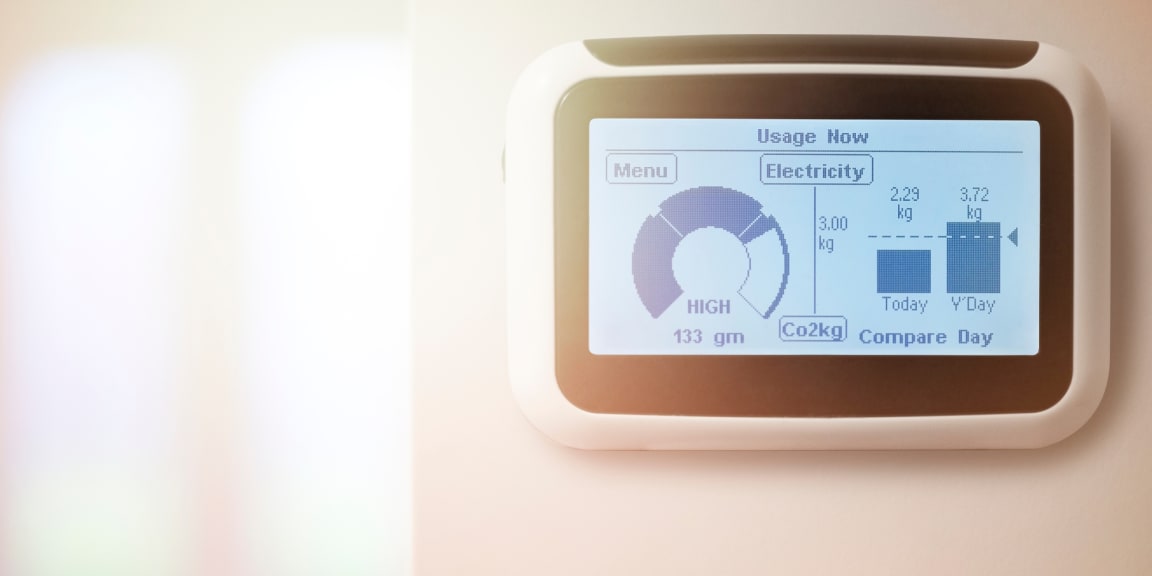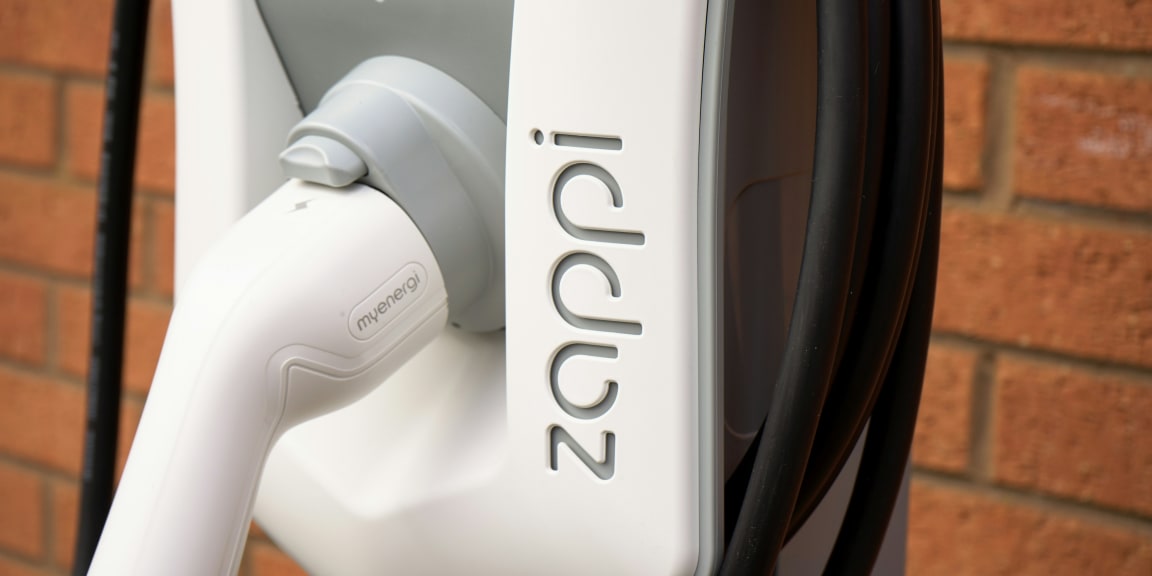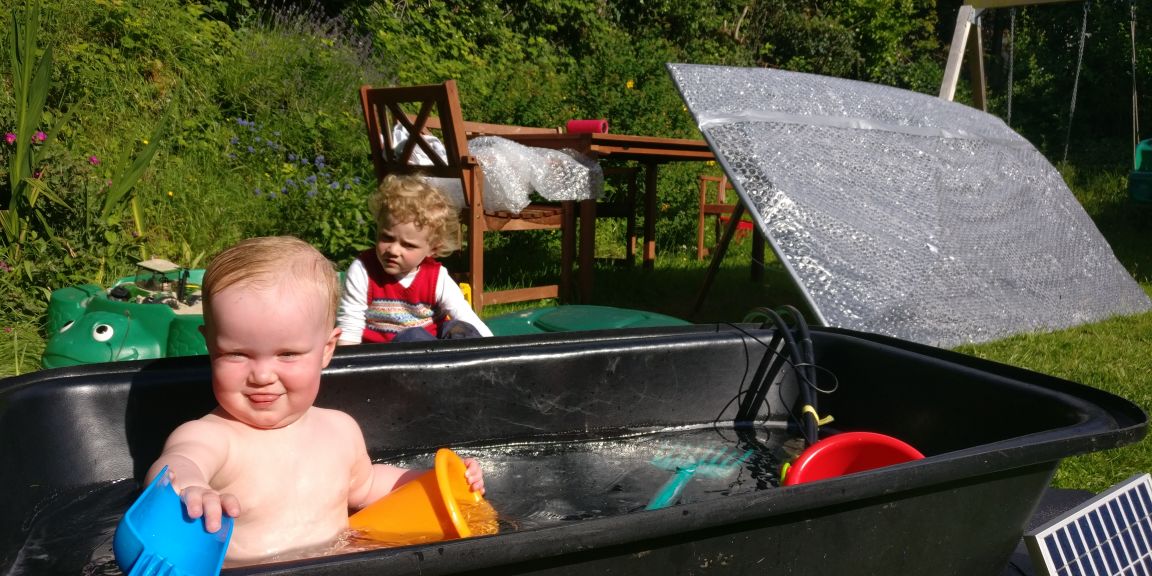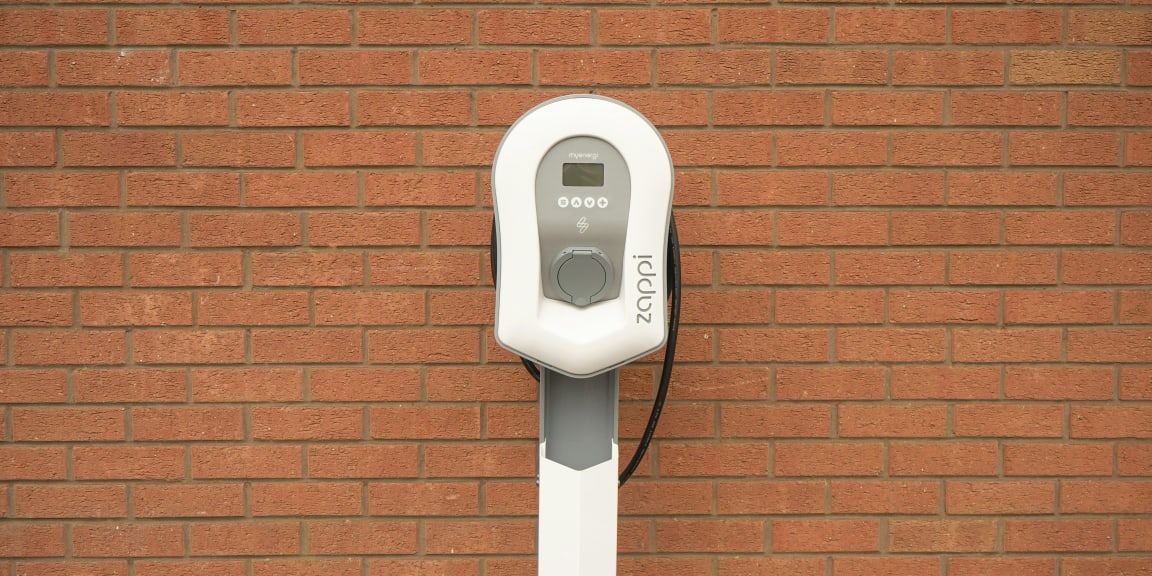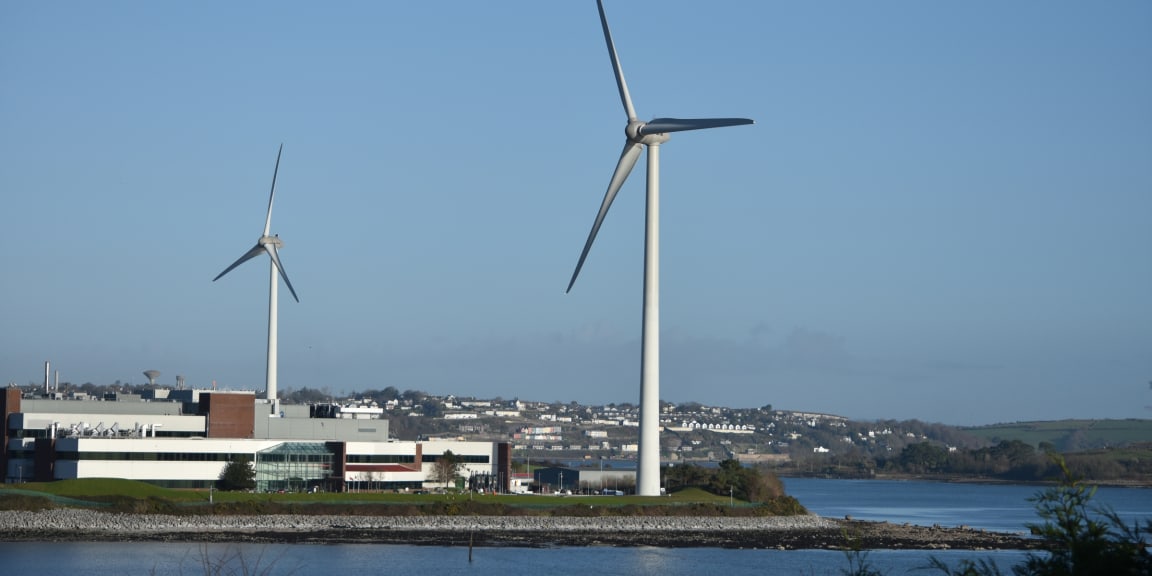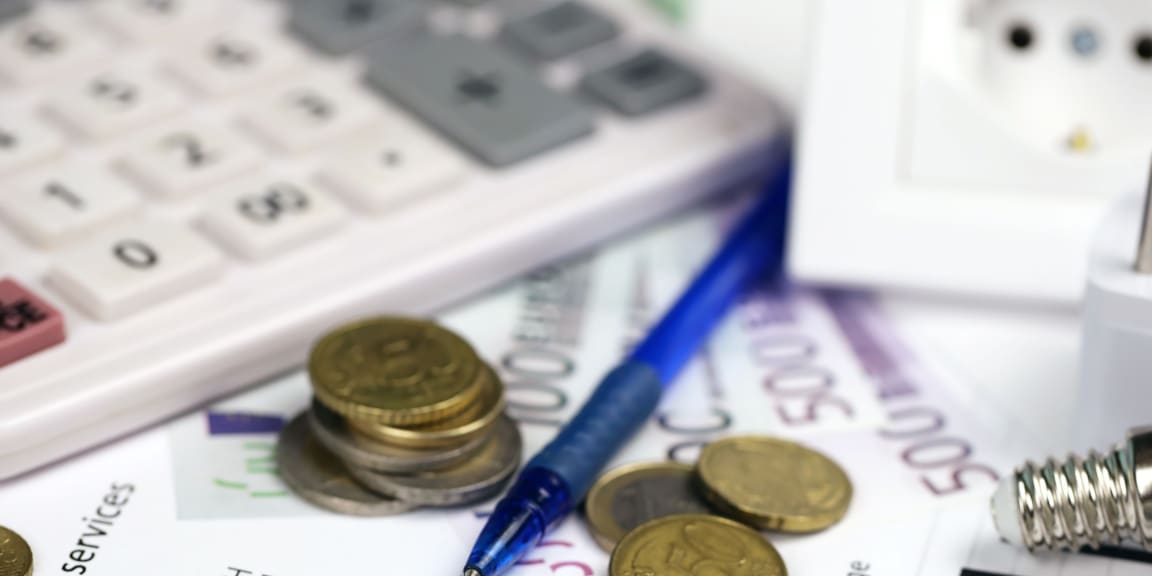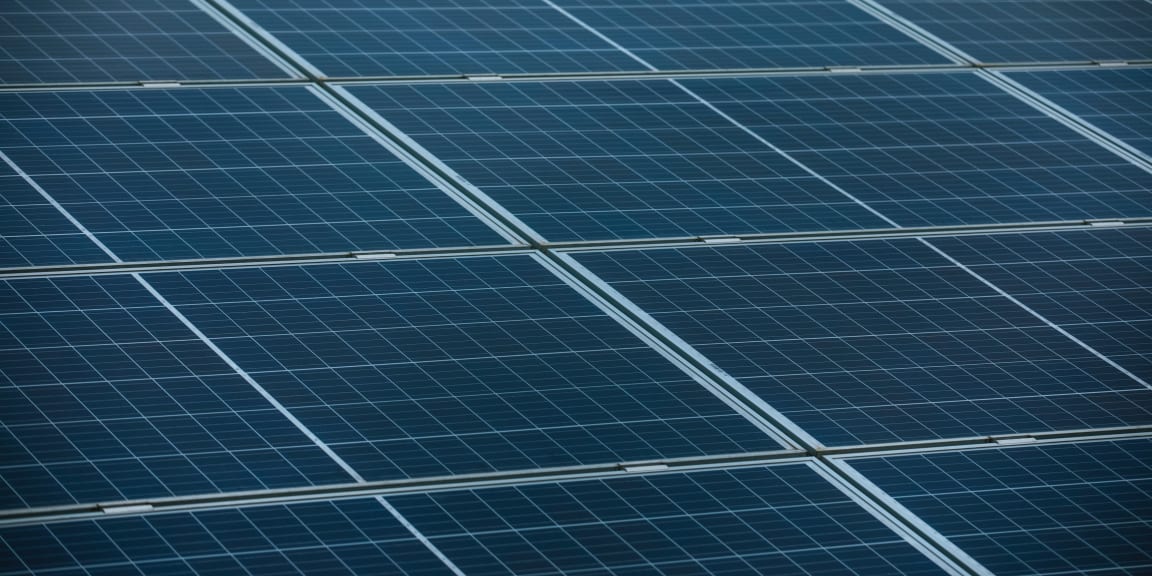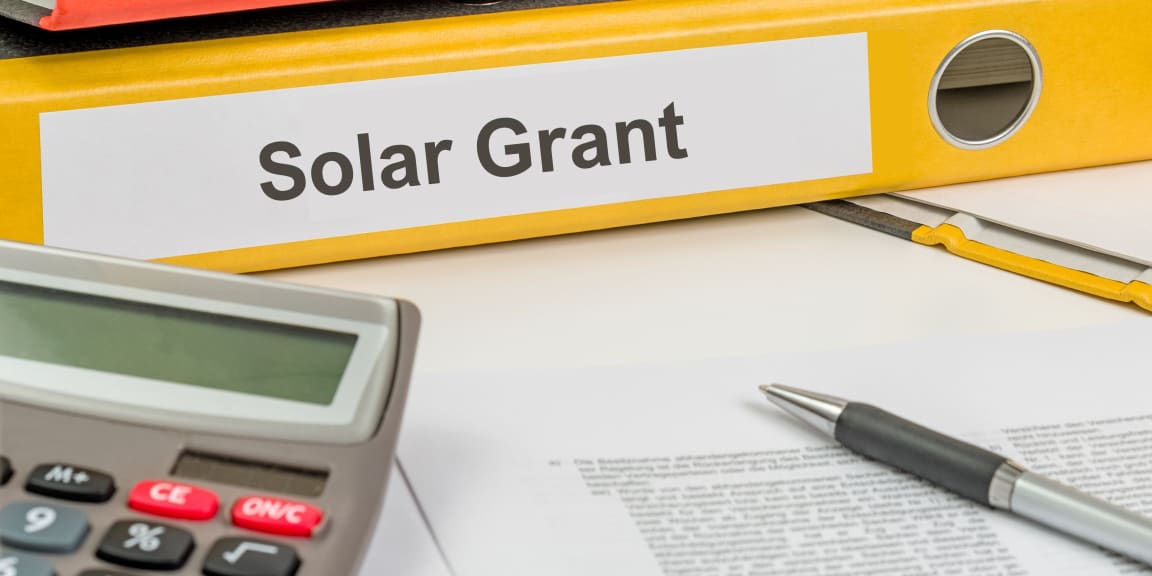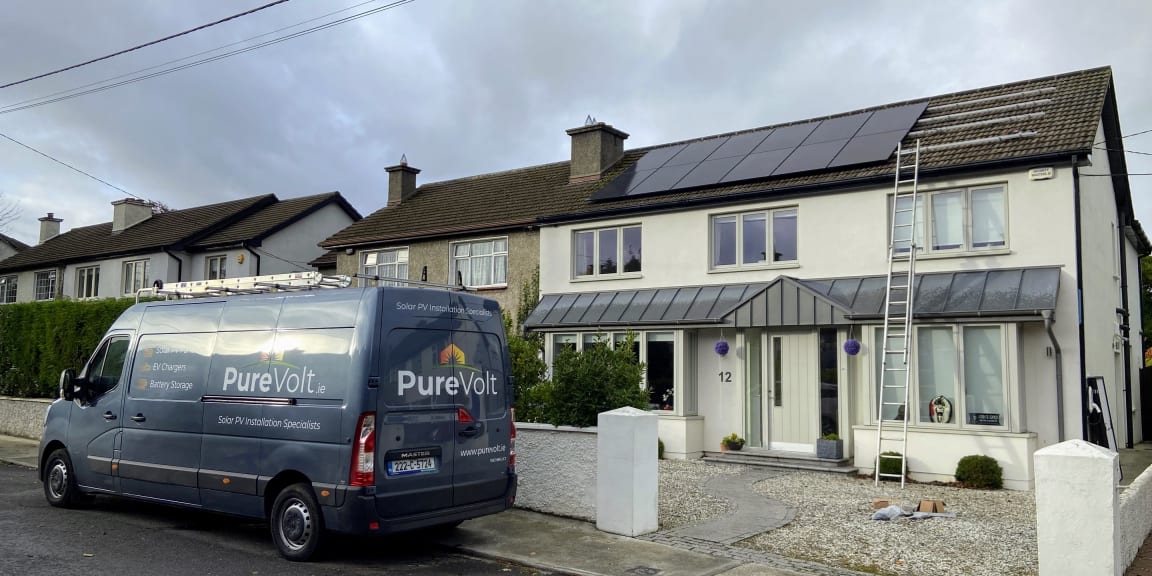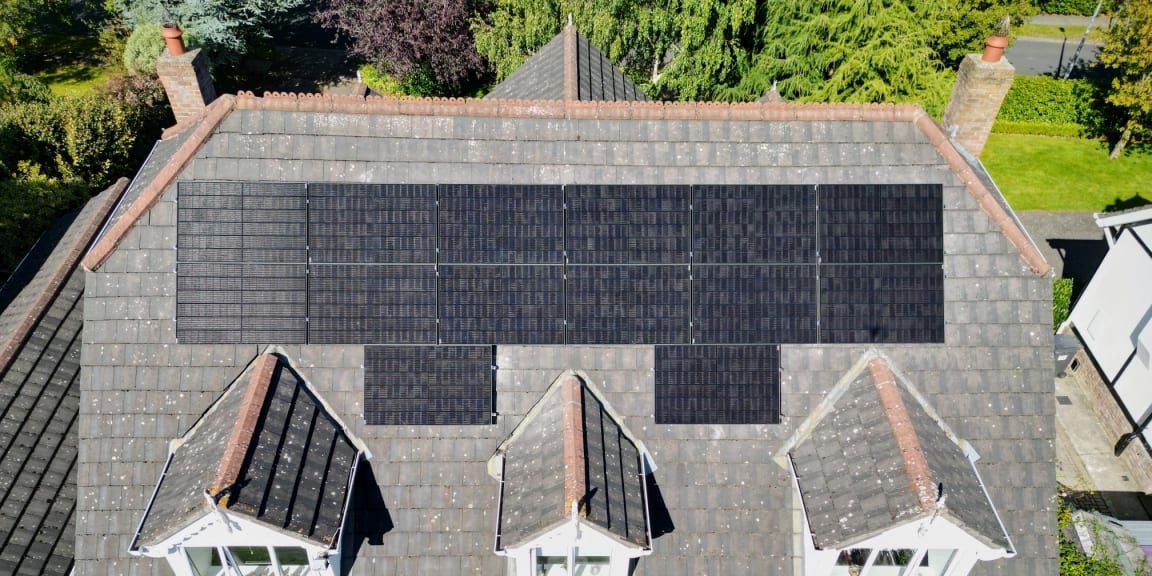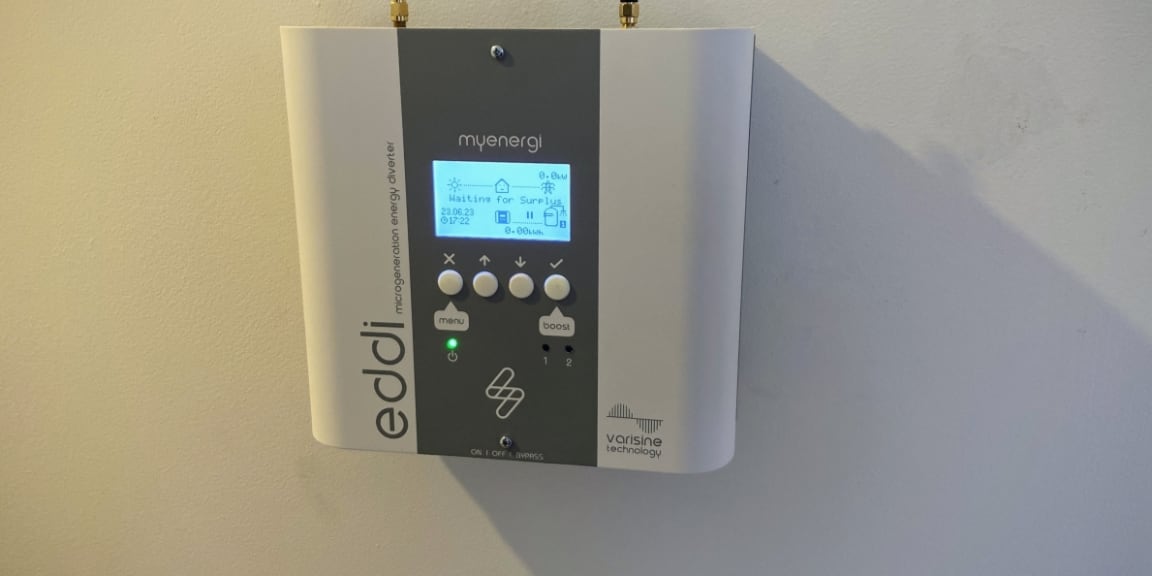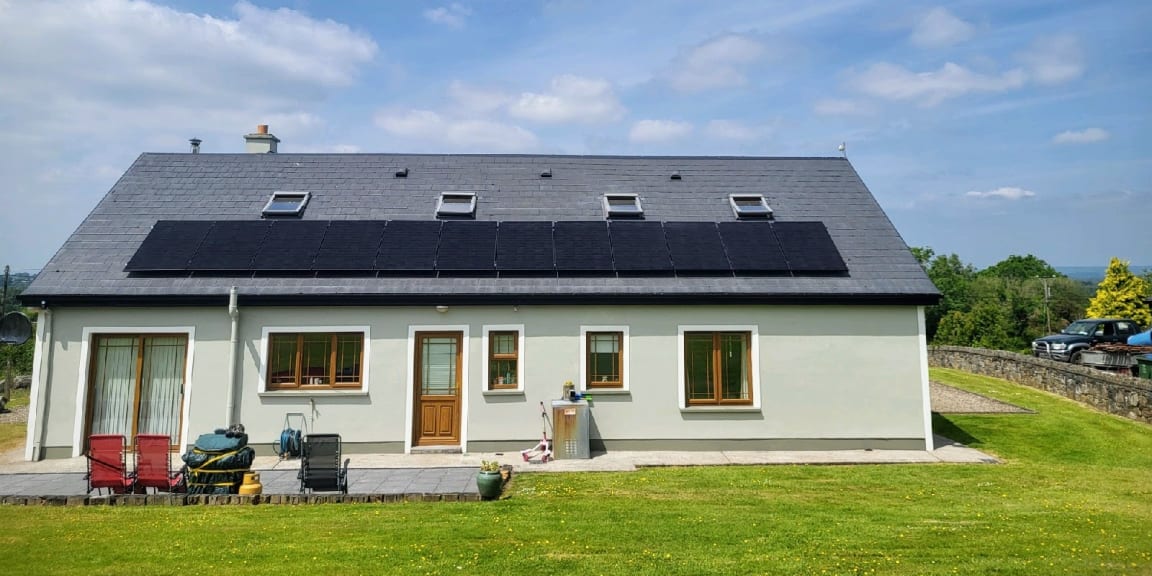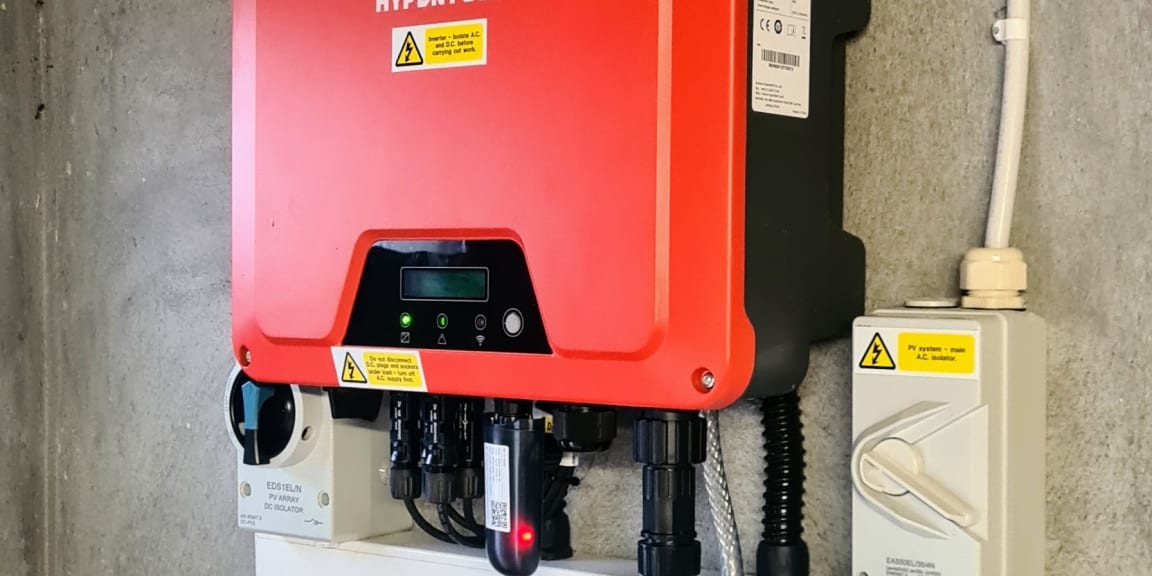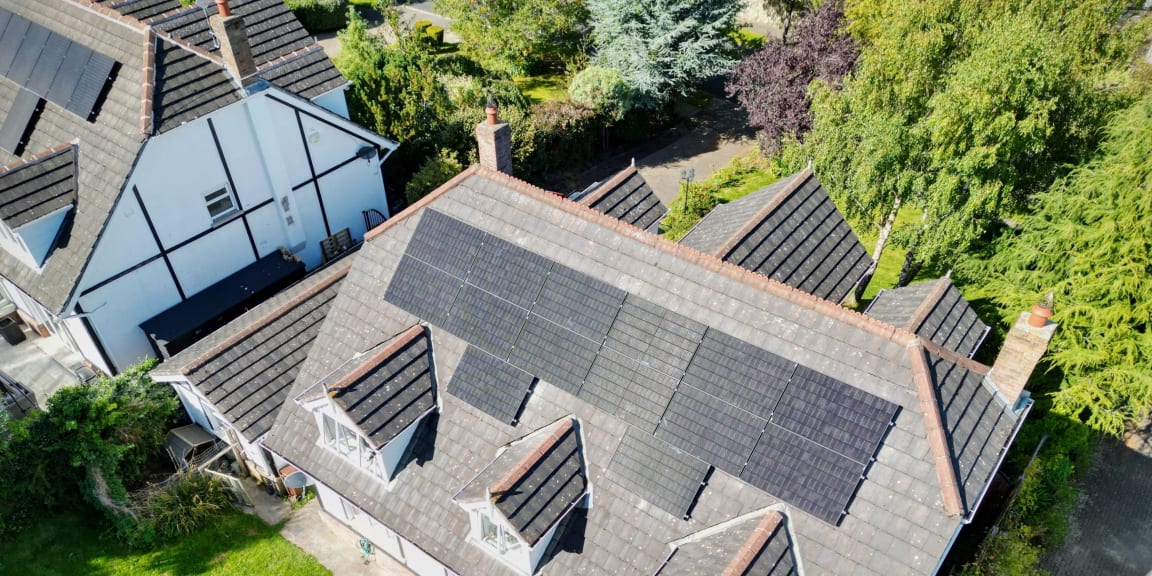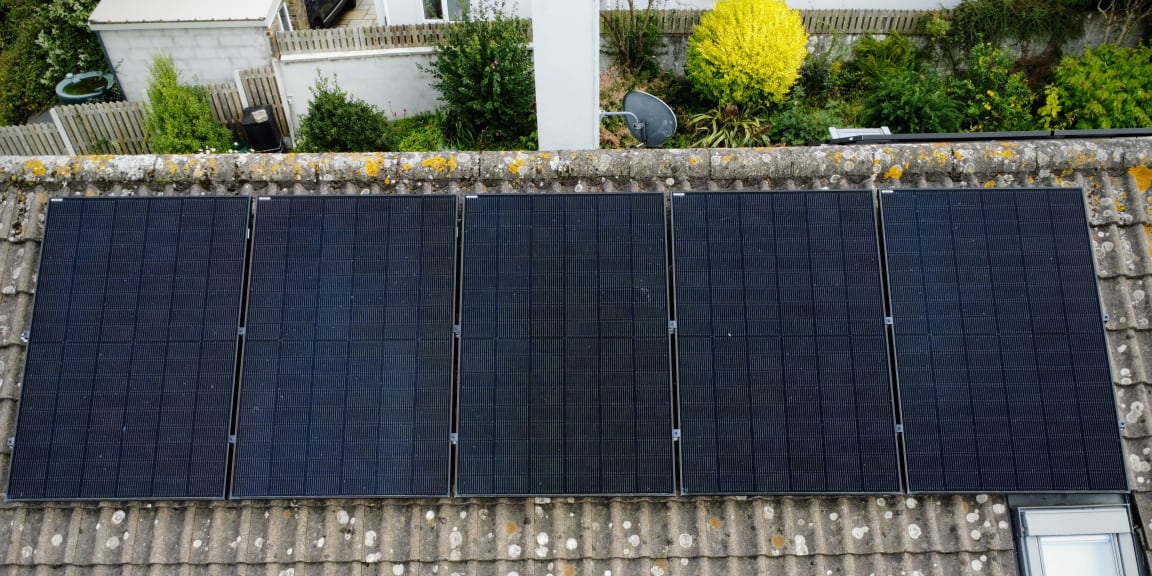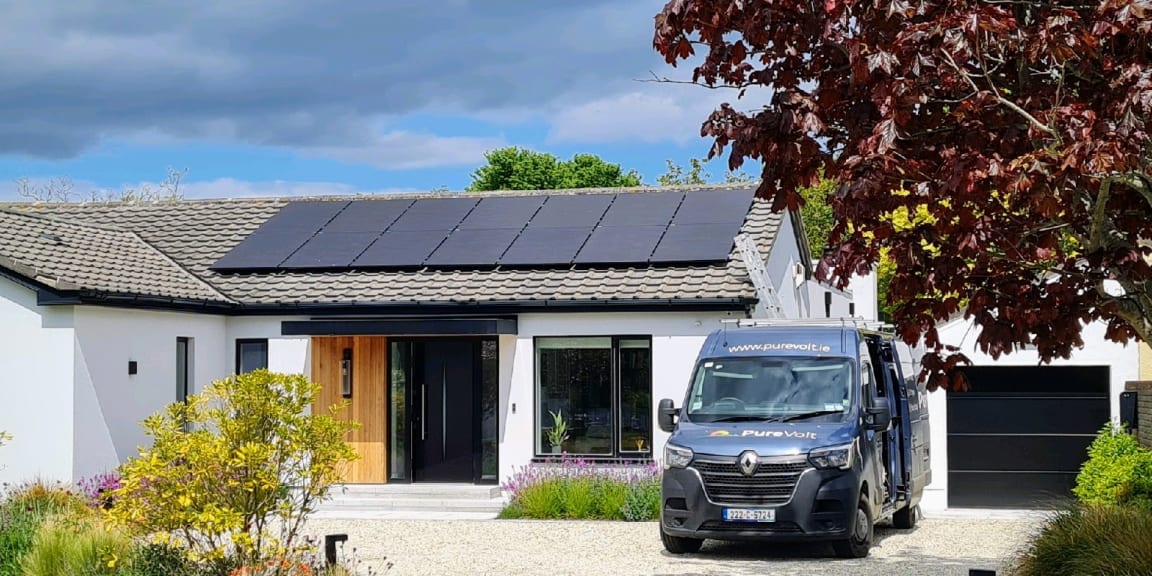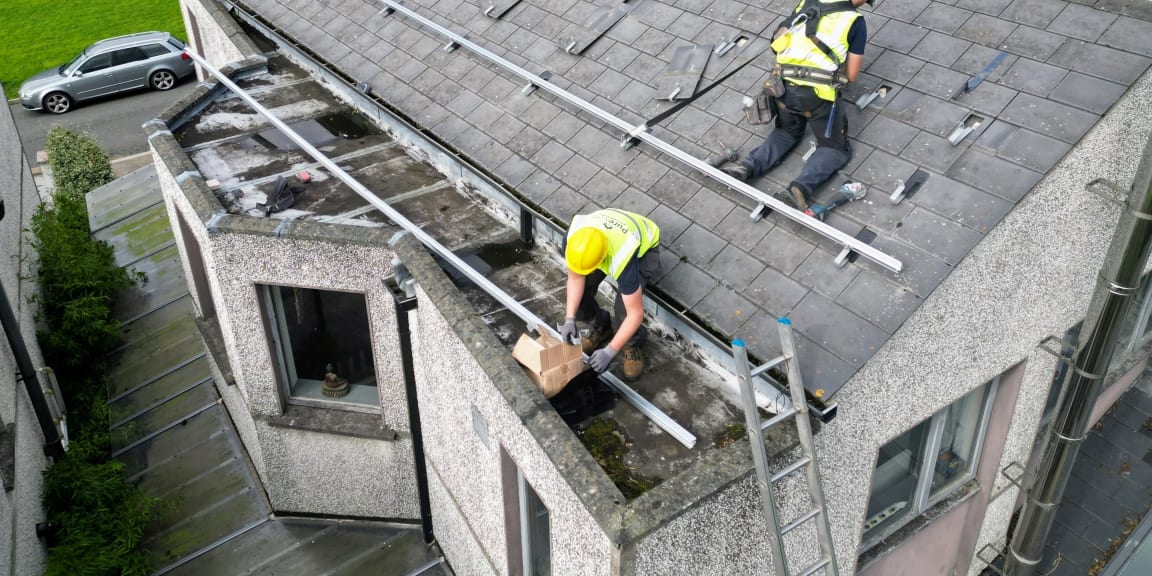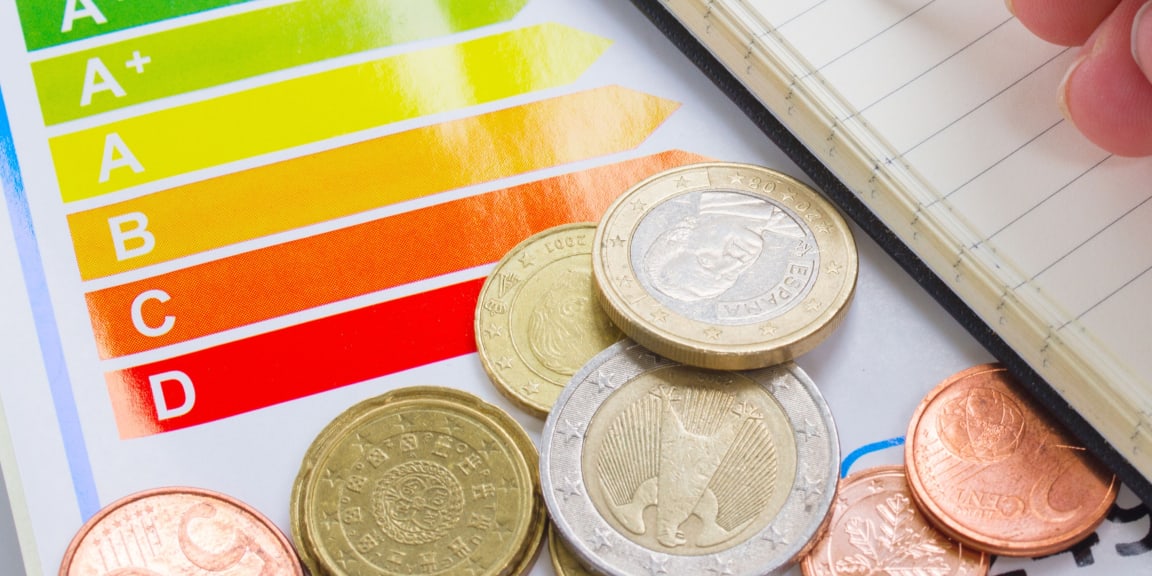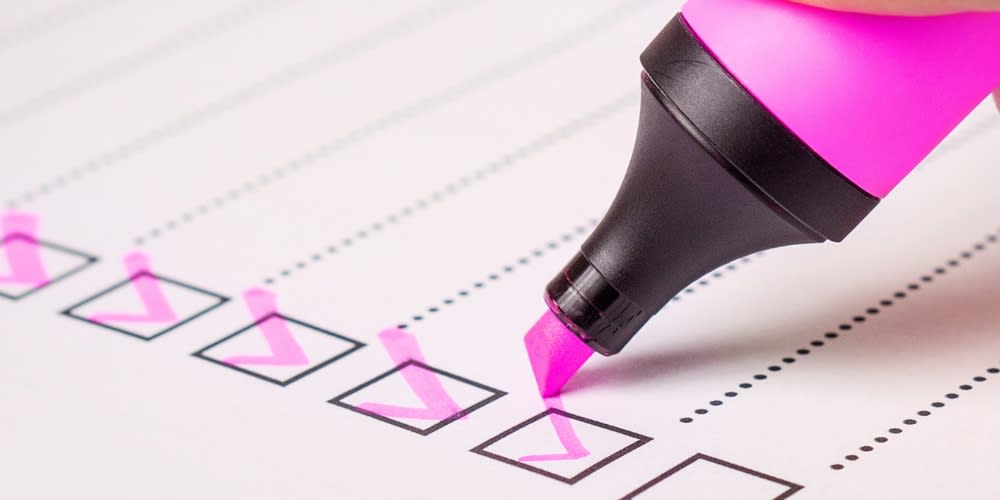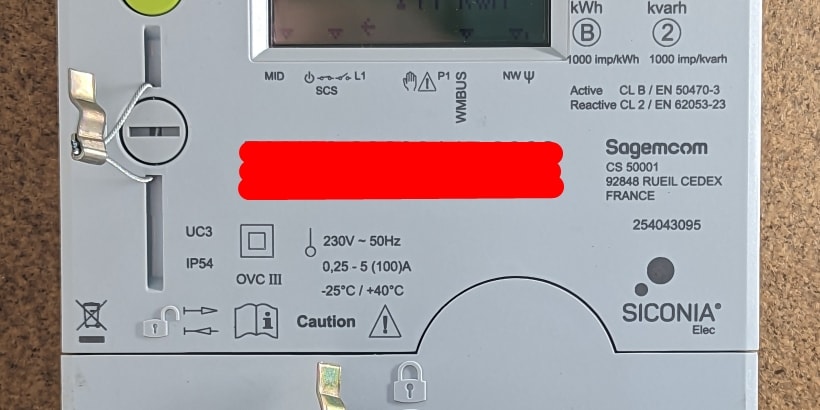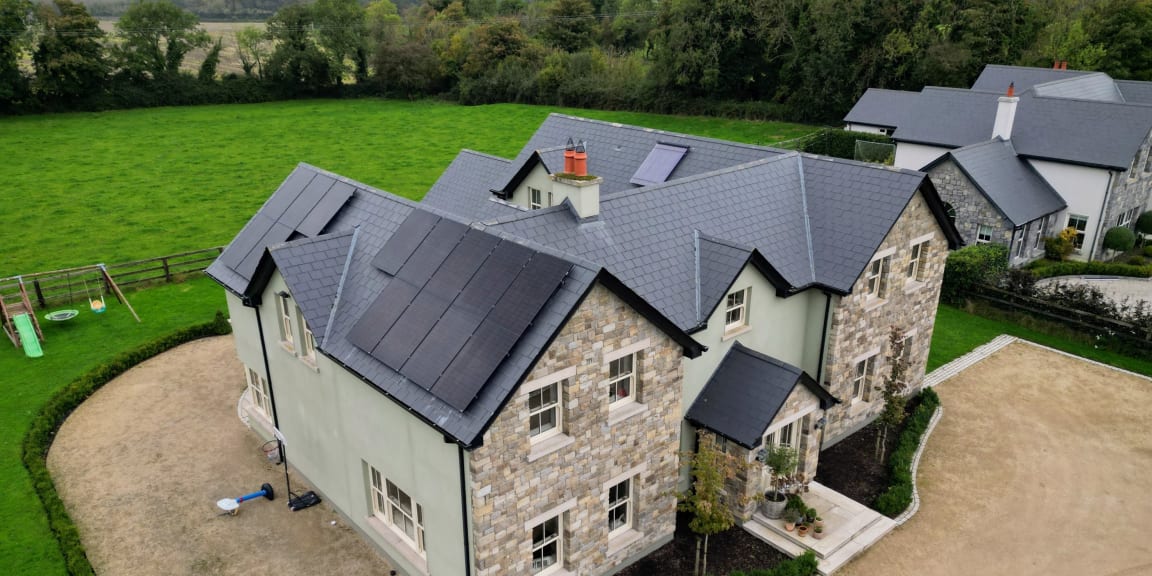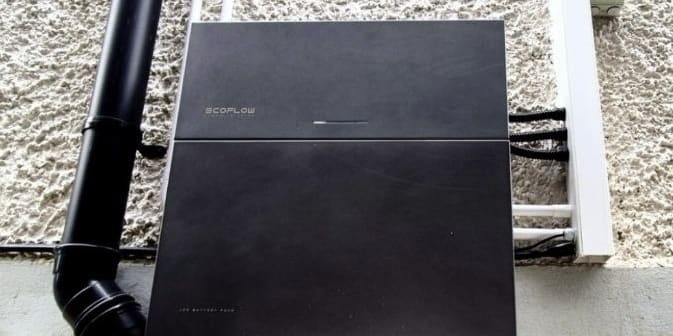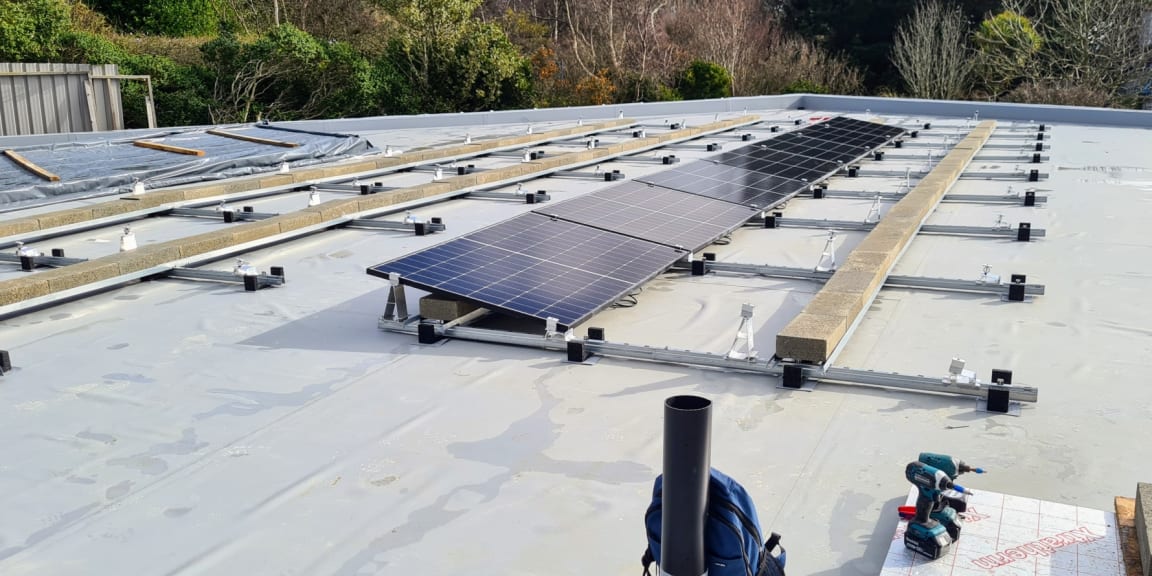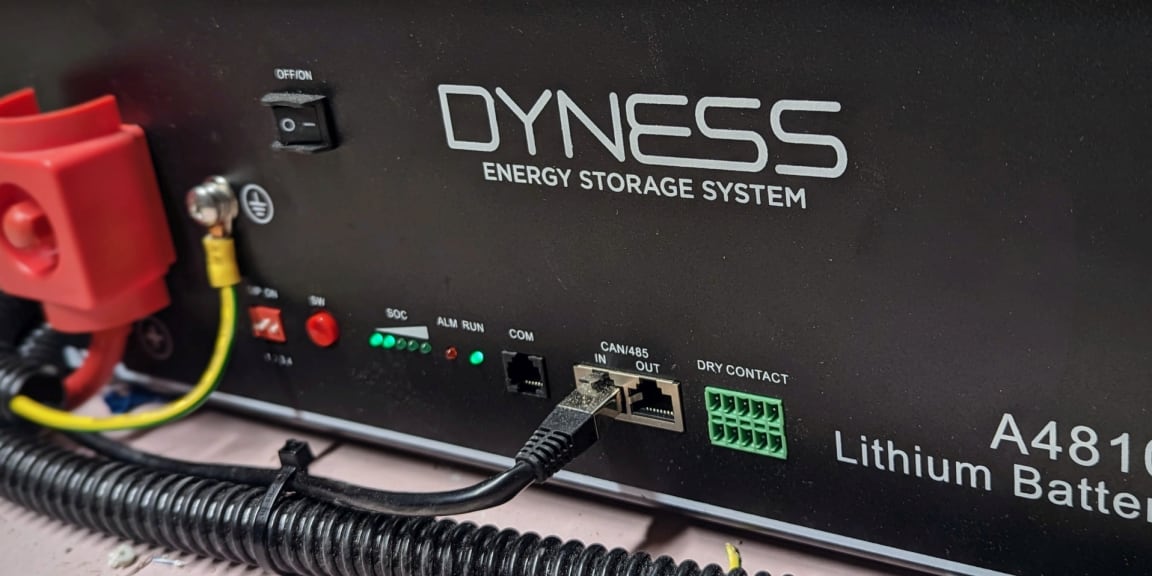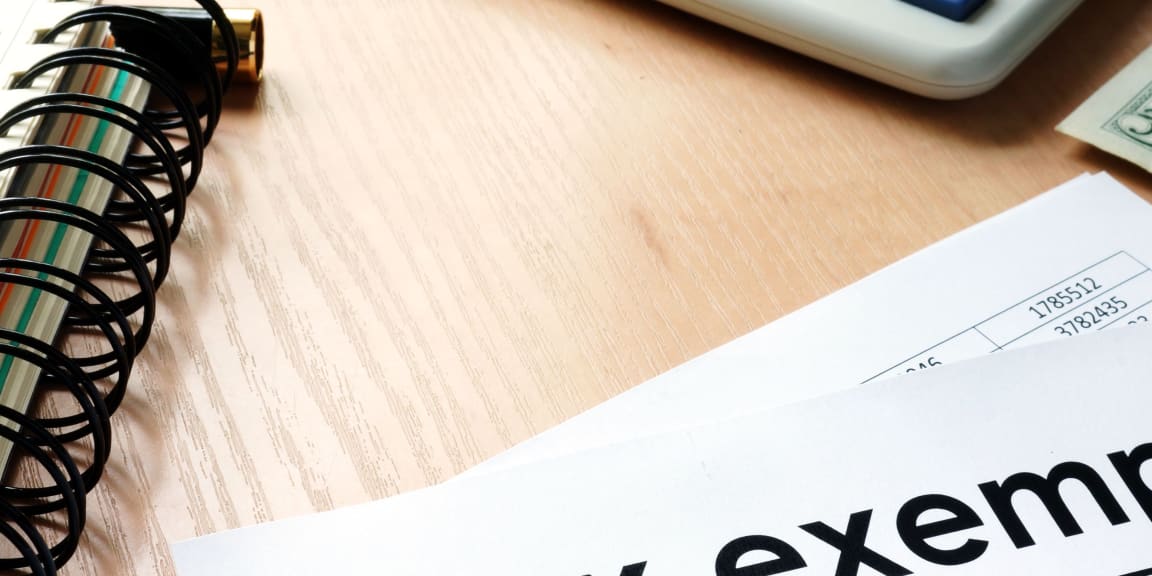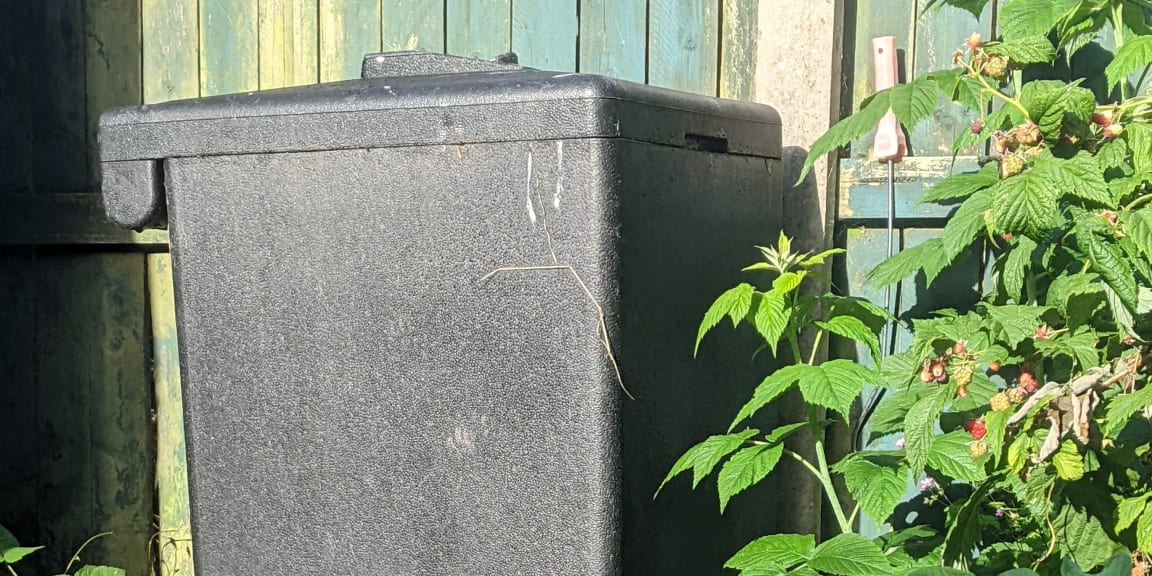
Guide to smart meters for homes with a solar PV system
How to save money using smart meter plans, solar panels & solar batteries
Smart meters, in combination with solar panels and batteries, are a great way to save money. Smart meters are currently rolling out across Ireland. This new technology offers excellent chances to significantly reduce both your electricity bill and carbon footprint, but it also presents an easy way to overspend if you make a few simple mistakes.
To get the promised savings, a few minor adjustments are necessary, and you'll need to consider various factors related to the smart meter, solar panel system, and any storage batteries. This guide is designed for those who want to optimise their setup for the best results.
How to get a smart meter
Getting your meter upgraded to a smart meter is free. There are two separate tasks: replacing the physical meter and switching to a smart meter plan.
Please be aware that your meter will eventually be upgraded to a smart meter, as smart meters are being rolled out across Ireland. But, if you'd like yours prioritised, you can request this from ESB Networks.
Task #1: Getting your old meter replaced with a smart meter
Note: Smart meters are installed through ESB Networks, not your electricity supplier.
If you would like prioritisation, you can contact ESB Networks at esbnetworks@esb.ie (and include your MPRN & address).
When I got my meter replaced (summer 2023) there was a 2-month lead time from request to replacement.
Task #2: changing your plan to a smart meter plan
Once the meter is changed, that does not automatically change your plan to the right smart meter plan. To do that, you need to contact your electricity supplier.
There is a slight delay here. Data needs to be flowing to your utility company before you can change to a smart meter plan, and utility companies generally say that it takes around 30 days from when your smart meter was installed before they can change you to a smart meter plan.
Picking the best plan: some rules of thumb
That's all about how much you can adjust your usage to the cheap times of day. Please take the below as rough ideas only, you'd need to know your own usage patterns to know for sure.
You can see graphs of your own consumption by time of day by creating an account with ESB Networks here.
Got a solar battery / EV, or both?
I would consider a "Night Boost" rate.
The ability to store electricity at that super cheap rate (normally around 1/4 price of day rates), but then use that power during the day is a huge money saver.
You have two big options there to make the most of that very cheap power from 2am-4am/5am, which with a few settings on your inverters & EV charger can give great savings both in euros and your CO2 footprint.
No? How about lots of white goods with timers?
Here I'd be looking at one of the day/night rates, or even a weekend-based rate if you are a household that tends to be out most of the week then have a big catch-up on washing and everything else over the weekend.
The delayed start function of things like washing machines & dishwashers is a great way to move your usage to the cheaper times of day.
Not planning on any changes? Perhaps a flat rate
If your usage patterns are fixed and are heavily biased to the day and peak 5pm-7pm hours, you may still find the best value is in a flat rate usage.
The issue smart meters were invented to solve
Smoothing demand peaks
Electricity demand currently goes in big peaks and troughs. Those peaks are very costly for the utility companies to supply and are very carbon-intensive.
The main usage peak is between 5pm and 7pm, when everyone arrives home, and electricity-intensive devices such as ovens, kettles, dishwashers and washing machines suddenly go on simultaneously. The electricity grid has to build generation capacity just to cover these peaks, and a lot of that infrastructure will sit idle outside the peak hours, making it very expensive per unit supplied.
Unused "free" electricity
Equally, in the middle of a windy night, there can be more generation capacity from wind alone than demand requires, meaning it is effectively free, carbon-neutral electricity going to waste.
The smart meter solution: pricing by time of day
Smart meter pricing: both carrot and stick
The main aim of smart meters is to encourage us all to smooth out these peaks and troughs in electricity demand. This encouragement is done by price, and there is plenty of carrot and stick being used here.
For example, on some smart meter plans a typical washing machine cycle might cost anything from 8 cents to 52 cents depending on the time of day, a six-fold difference in the cost for the same wash.
Good for the planet, as well as your pocket
The expensive times of day are also the most carbon-intensive, too. These demand peaks are mostly met with fossil fuel generation, so the peak hours often produce the most CO2 per unit of electricity.
The cheapest times are generally fulfilled with the highest proportion of renewable electricity. Indeed, there are windy nights in Ireland where 100% of the demand is met by wind, and still, there's spare unused wind generation capacity currently going to waste. This effectively means there's carbon-neutral electricity available and going unused. Any units of electricity you use then have just a fraction of the CO2 footprint compared to a peak-time unit of electricity.
How smart meters work?
Measuring electricity usage in 30-minute slots
Smart meters measure your electricity usage in half-hourly slots, so utility companies know how much electricity was used, and the time of day it was used.
This allows utility companies to set different prices for electricity use during peak hours and electricity used during quiet times. Indeed, some smart meter plans have four different rates used throughout the day.
Sending readings to ESB Networks automatically
Smart meters send their readings directly to ESB Networks automatically. This means no need for any more meter readings and the end of estimated bills.
Live data, for ESB Networks and for you
Another advantage of smart meters is they can send meter readings back to ESB Networks every 30 minutes. This gives the electricity grid operators near-live data, helping them understand usage and balance the grid. You can see your usage data in almost real-time, helping you understand and adjust your electricity consumption.
Recording exported electricity from solar panels
Before smart meters, utility companies just estimated how much electricity households with solar panels might supply back to the grid, and they were paid based on this estimate.
Smart meters measure electricity going in both directions – not only your consumption, but if you have solar panels (or another micro-generation system like wind turbines) then your smart meter will measure the exact amount of electricity you supply back into the grid so you can be paid the correct amount for that electricity.
Note: smart meters are replacing digital meters / day-night meters
P lease note that "digital" meters and day-night meters are different from smart meters. These will all be replaced as smart meters roll out.
Advanced and other questions about smart meters
This section is for those with more advanced questions about smart meters. If you have any other questions about smart meters, please don't hesitate to get in touch.
Understanding smart meter plans
With smart meters, each utility company not only sets the rates but also which times of day are at which rate. This has led to a huge array of tariff options.
A common misconception about smart meters
A common misconception is that you must choose a plan with peak and off-peak rates when you get a smart meter. That's not true — you can still opt for a tariff that charges a flat rate per unit 24/7. However, depending on your usage patterns, this may or may not be the most cost-effective option.
If you can adjust what time you use your electricity-heavy appliances (timers are my favourite tip here), then there are big savings to be made by switching to a plan that offers cheap times of the day.
Here are two utility companies as an example, and you can see just how much the price of a unit varies depending on when you use it.
Example #1: SSE Airtricity smart meter plans
For each plan, you can see the price difference compared to the flat 24-hour rate, to give you an idea of the amount of carrot / stick on offer here for adjusting when you use electricity.
Time Slot Cents / kWh Difference to flat 24-hour rateCompared to "Smart Everyday" rate Plan Option #1: Smart Everyday
24-hours / day 38.6 0% Plan Option #2: Smart Day / Night / Peak
Peak: 5pm to 7pm 50.9 +31.9% Day: 8am to 11pm excluding peak times 40.29 +4.4% Night: 11pm to 8am 26.14 -32.3% Plan Option #3: Night Boost
Peak: 5pm to 7pm 64.92 +68.2% Day: 8am to 11pm excluding peak times 48.3 +25.1% Night: 11pm to 8am excl. 2am - 5am 27.35 -29.1% Night Boost: 2am - 5am 10.55 -72.7% Plan Option #4: Smart Weekends
Weekday Peak: Mon - Fri, 5pm to 7pm 58.98 +52.8% Weekday Day: Mon - Fri, 8am to 11pm excluding peak times 46.66 +20.9% Weekday Night: Sun - Fri 11pm to 8am 30.29 -21.5% Weekend Peak: Sat & Sun, 5pm to 7pm 29.46 -23.7% Weekend Day: Sat & Sun, 8am to 11pm excluding peak times 23.33 -39.6% Weekend Night: Sat Night Only 11pm to 8am 15.13 -60.8% Example #2: Electric Ireland smart meter plans
TimeSlot Cents / kWh Difference to flat 24-hour rateCompared to "Home Dual+ 24hour" rate Plan Option #1: Home Dual+ 24hour
24-hours / day 39.59 0% Plan Option #2: Home Dual+ SST
Peak: 5pm to 7pm 45.96 +16.1% Day: 8am to 11pm excluding peak times 43.1 +8.9% Night: 11pm to 8am 22.65 -42.8% Plan Option #3: Home Dual+ Night Boost
Day: 8am to 11pm 42.3 +6.8% Night: 11pm to 8am excl. 2am - 4am 20.86 -47.3% Night Boost: 2am - 4am 12.25 -69.1% Plan Option #4: Home Dual+ Weekender
Standard Rate: All times except your 1 free weekend day 43.46 +9.8% 1 free weekend day: 08:00 - 23:00
You can pick Sat or Sun0 -100.0% Example #3: Energia smart meter plans
For each plan you can see the price difference compared to the flat 24-hour rate, to give you an idea of the amount of carrot / stick on offer here for adjusting when you use electricity.
Time Slot Cents / kWh Difference to flat 24-hour rateCompared to "Smart 24-hour" rate Plan Option #1: Smart 24-hour
24-hours / day 34.88 0% Plan Option #2: Smart Data
Peak: 5pm to 7pm 38.36 +10.0% Day: 8am to 11pm excluding peak times 36.6 +4.9% Night: 11pm to 8am 19.6 -43.8% Plan Option #3: Smart Drive
Day: 6am to 2am 36.61 +5.0% Night Charge Time: 2am - 6am 8.15 -76.6% Plan Option #4: Smart Day Night
Day: 11am to 11pm 38.22 +9.6% Night: 11pm - 8am 18.33 -47.4% The rates above were last updated on October 19, 2023. They include the discounts available at that time and assume that you get both gas and electricity from the same supplier.
The main downside of smart meters
The main downside is just how hard it is to compare electricity plans between suppliers.
Before, you could just look with the supplier with the lowest unit rate.
One supplier might charge more during weekdays but less at night and on weekends. So, I need to know not only how much electricity I use but also when I use it to determine which plan is cheaper.
I used to work in a power station and now run a solar company, so I have a decent understanding of kW versus kWh, usage patterns, and the like. Yet, even I find it challenging to determine the best plan for myself. The issue isn't with smart meters themselves, but with the overwhelming number of plans now available.
There are some tips and tricks (see below for our favourites), and you can see graphs of your own consumption by time of day by creating an account with ESB Networks here.
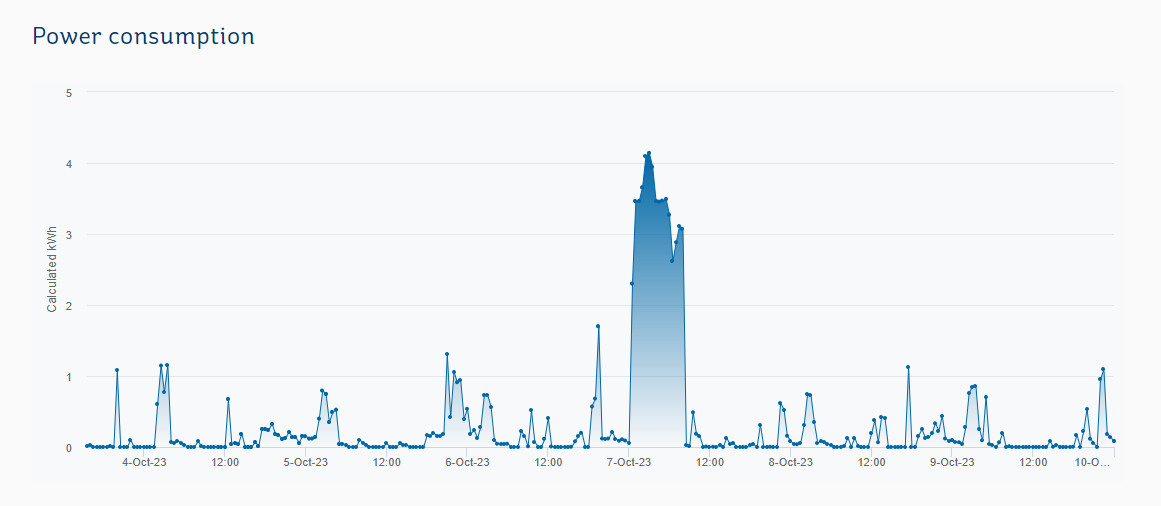
Graph showing Power Consumption by time of day How to save money with a smart meter
Saving money with a smart meter is about picking the right plan, and then adjusting when you use electricity. There are a few simple tricks here.
Tip #1: Focus on the power-hungry devices
A good rule of thumb for picking out the most electricity-hungry devices is heat. If a device involves heating something up, it likely uses a lot of electricity, so it should be at the top of your list to consider.
Some of the most electricity-heavy household devices are:
- Electric showers
- Electric ovens & hobs
- Tumble driers
- Immersion heaters
- Washing machines
- Dishwashers
- Kettles
- Irons & hair dryers
Yes, you could adjust when you charge your mobile phone, but a typical washing machine cycle uses 150 - 200 times the electricity of a typical phone charge, so focusing on these power-hungry devices is key to savings.
Tip #2: Timers are your new best friend
The good news is that most power-hungry devices are used intermittently and often come with built-in timers.
Take your dishwasher, for example. If you set it to start during the super-cheap 2am slot using the timer, you'll save 84% on that wash (based on the SSE night boost rate) compared hitting "go" right after dinner.
Tip #3: Charging your solar battery / electric car on super-cheap "Night Boost" electricity
This is probably my favorite money-saving tip.
Most solar batteries can be set to charge from the mains overnight at the super-cheap rate (2am - 4am/5am). Then, you can use this stored cheap electricity to run your morning routine. The solar panels can recharge the battery during the day, allowing you to use your own solar power in the evenings as well.
I do this myself. The power I use in the mornings from my battery now costs me 10.55 cents per unit, compared to the 48.30 cents per unit it used to cost. That's a 78% savings.
Electric cars require a lot of power to charge, and most electric vehicles and EV chargers come with built-in timers. This can result in substantial savings. For example, a full charge of my Hyundai Kona would cost €31 during the day. By setting the timer to charge at the 2am "Night Boost" rate, it now costs only €6.75.


